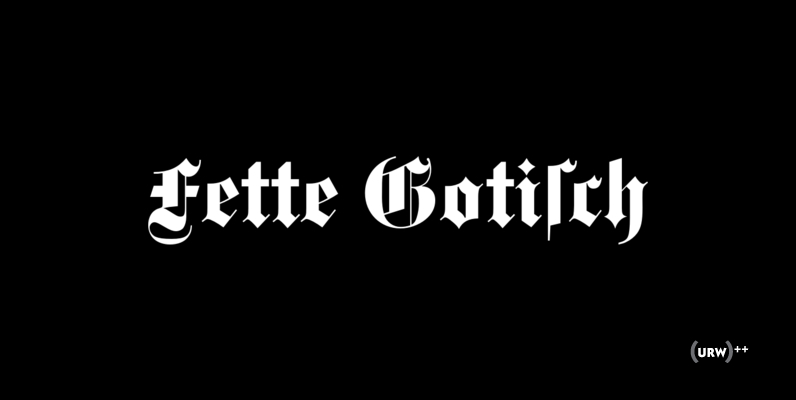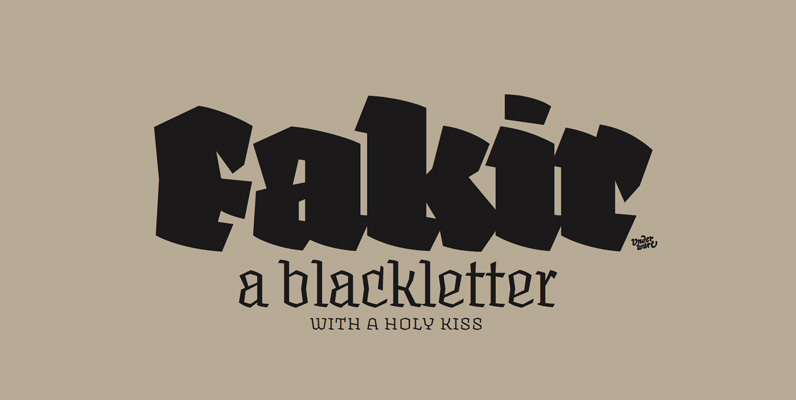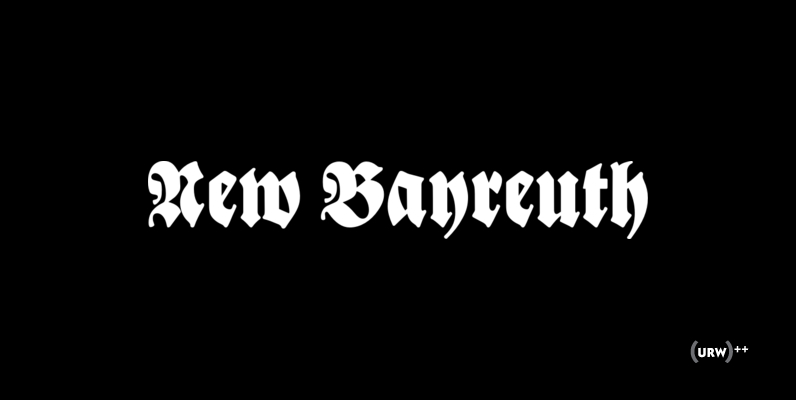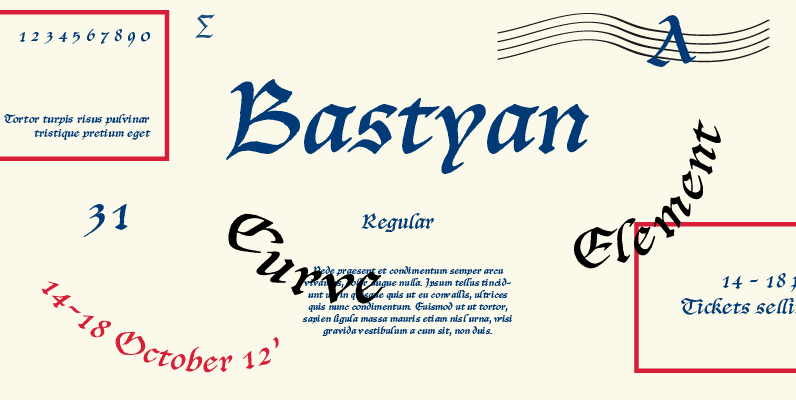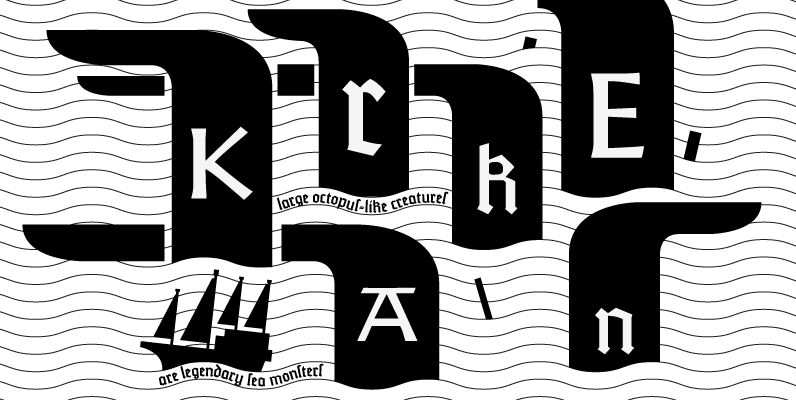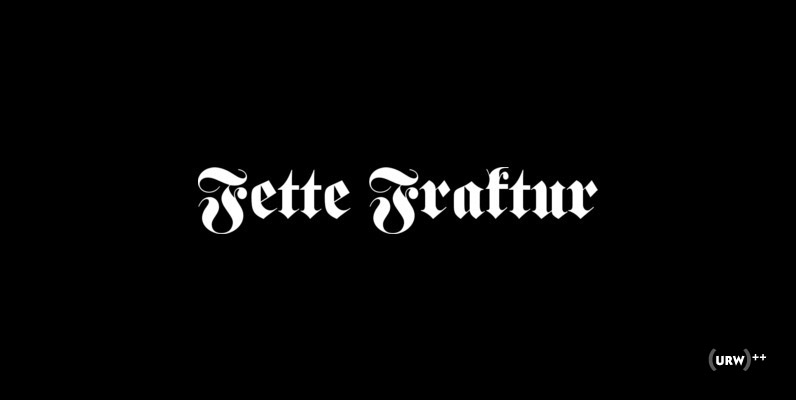Tag: blackletter
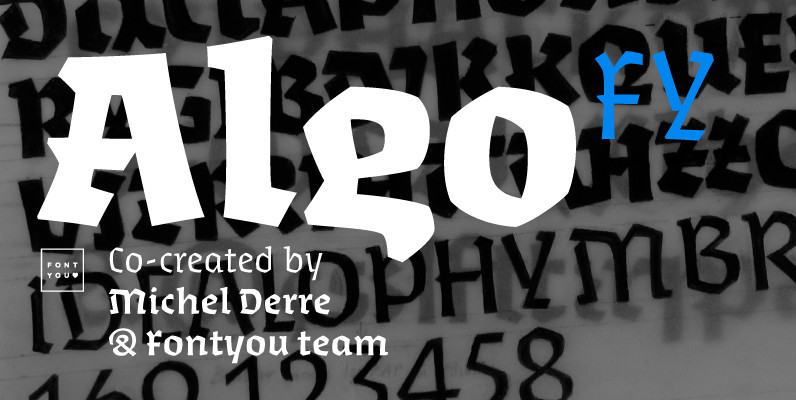
Algo FY Font
Algo FY is a singular font family with broken ductus and blackletter aspect. Clearly inspired by calligraphic shapes, each of the three weights have been especially designed as if the tool has changed. With its special articulations and its differentiated
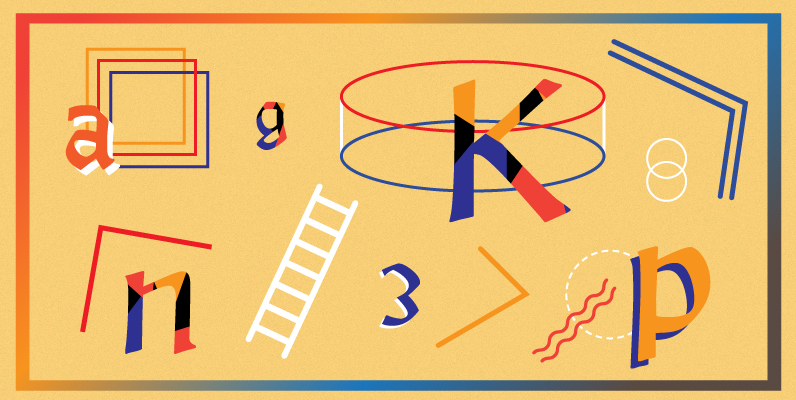
Alexander Quill Font
Alexander Quill was originally designed in the early 1980s to be cut in 14 point for casting into foundry type for the setting and printing of limited edition books at Pie Tree Press, Jim Rimmer’s private sanctum. This alphabet exhibits
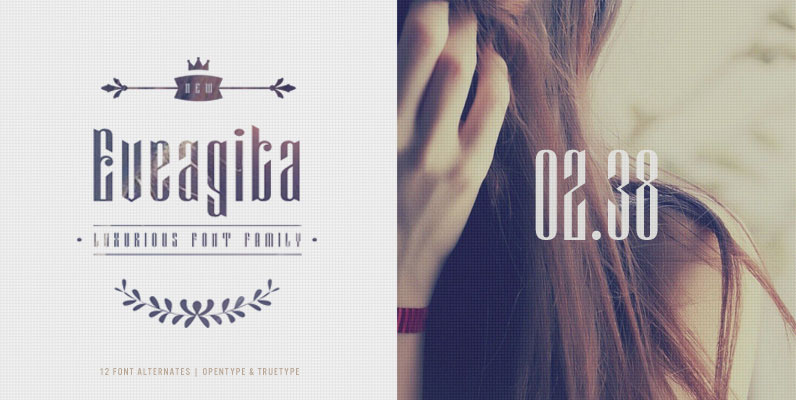
Eveagita Font
Eveagita has been designed by M Fairuzulhaq. Combination of blackletter classic, retro, and modern sans, become a new condensed display font which multifunction and easy to adaptable for various purpose, luxury layout, vintage, retro, classic, gothic, rock, techno, feminin, masculin,

Leather Font
Leather has three features usually not found in other blackletter fonts: Grid-based geometric strokes and curves: In the early 1930s, blackletter design had already begun interacting back with the modern sans serif it birthed at the turn of the century.
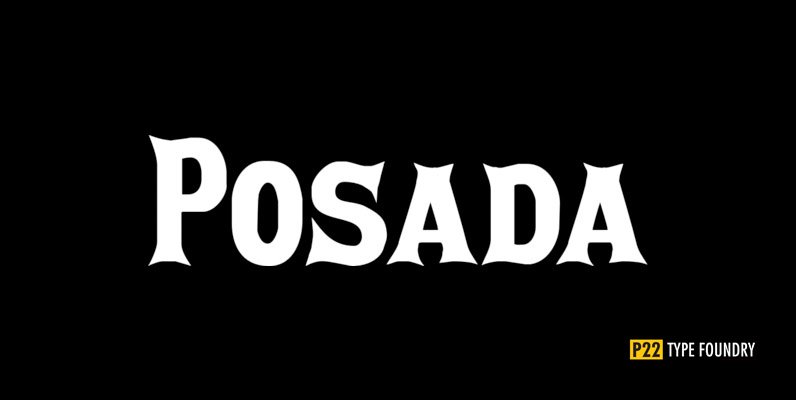
P22 Day of the Dead Set Font
Posada Set designed by James Grieshaber and Richard Kegler, USA Mexican printmaker Jose Guadalupe Posada (1851-1913) created a massive variety of material (broadsheets, cards, advertisements, posters, etc) which largely represented a defense of the common man and a manifestation of

Deluta Black Font
You will not find a more lovely, unique and funny blackletter than this one. So fluid and smooth, you almost think it’s a script. Enjoy and have fun with this font. Published by Dharma TypeDownload Deluta Black
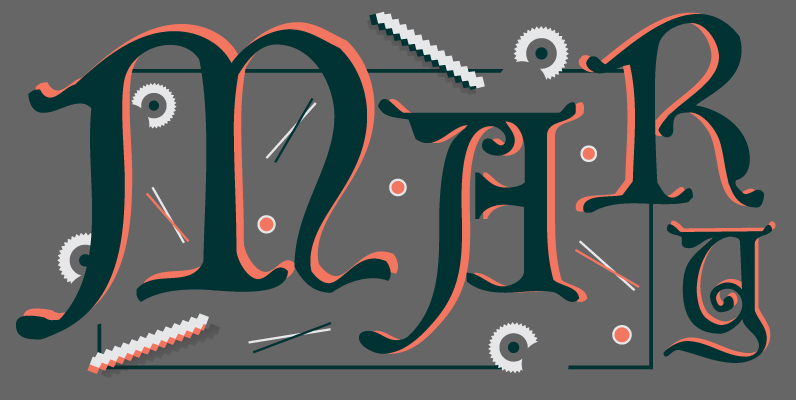
Kardanal DT Font
Kardanal DT is a decorative font design, published by DTP Types Limited. Published by DTP Types LimitedDownload Kardanal DT
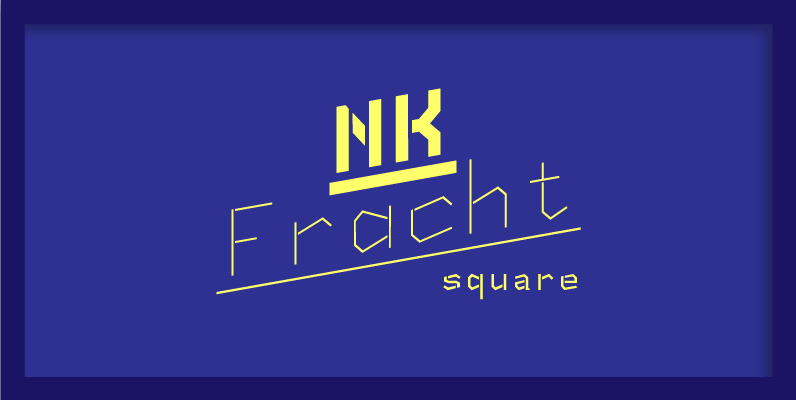
NK_Fracht Square Font
NK_Fracht (meaning Cargo or Freight) is a stylised version of Neue Konstrukteur. It is more suited for headline and display purposes, but can also be used quite successfully for short blocks fo running text and captions. Published by House of
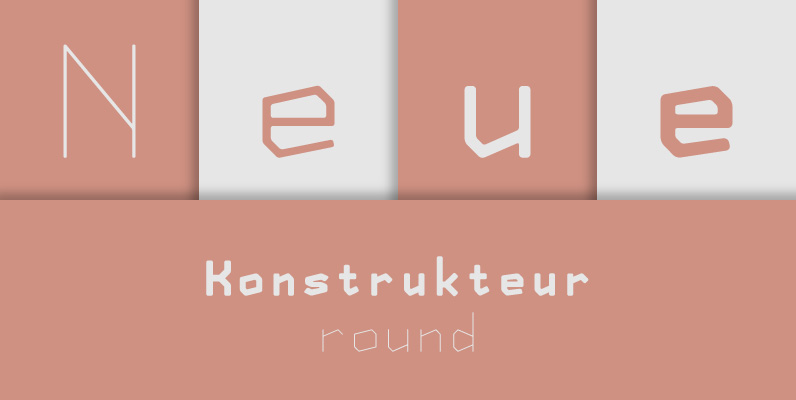
Neue Konstrukteur Round Font
Engineered font with a hint of heritage blackletter, this font inspired by a trip to Germany comes in two styles: Square and Round. Each has five weights from Thin to Black with accompanying italics. That makes 20 font files in

P22 Morris Troy Font
William Morris (1834-1896) was probably the most influential figure in the decorative arts and private press movements of the late 19th and early 20th century. In reaction to the increasing lack of quality that the industrial revolution brought on, Morris


